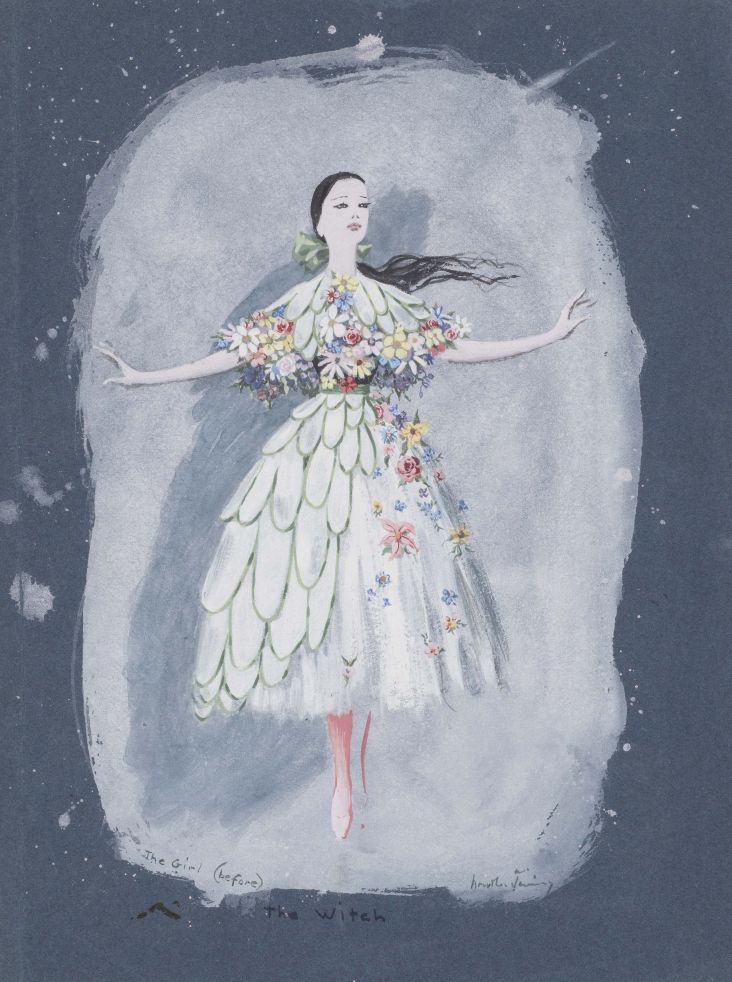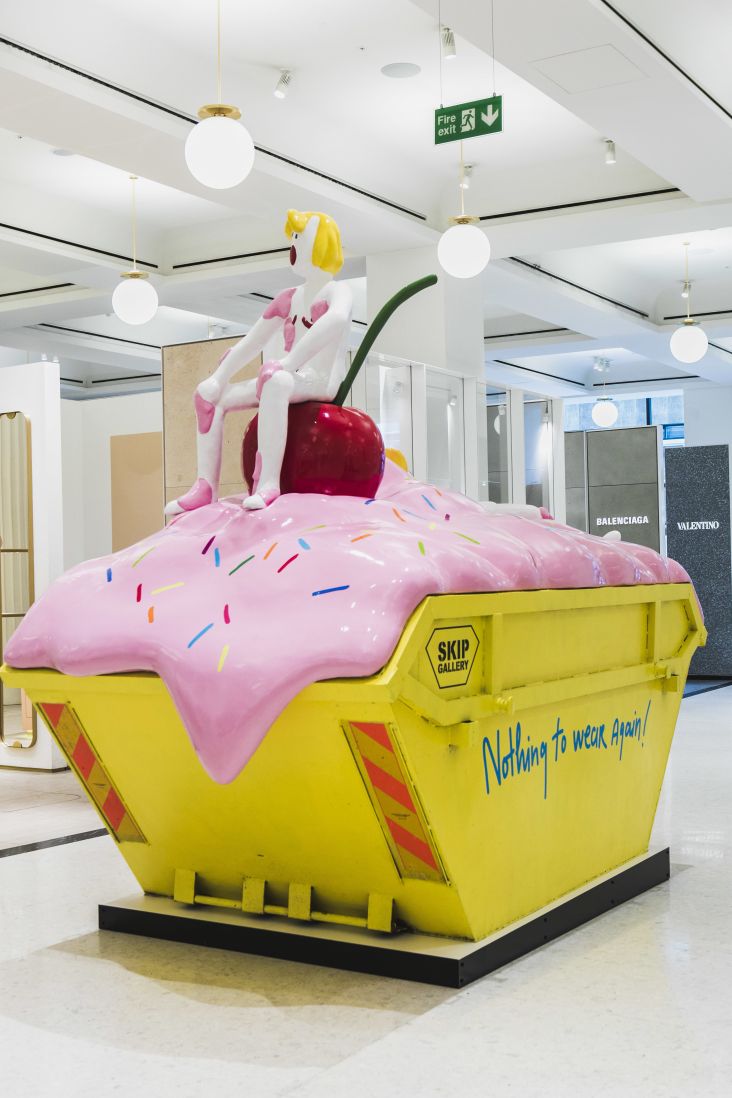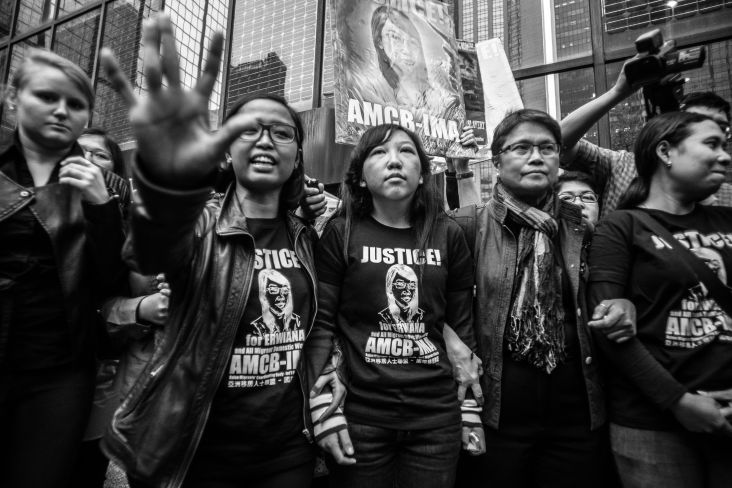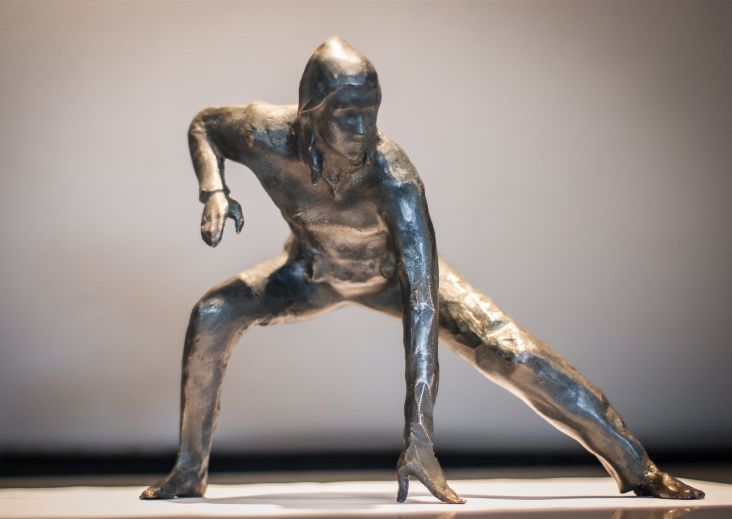Natalie Mellin on devoting her career to Diversity and Inclusion, and how we can create change
With experience at innovative tech companies like Spotify and King, Natalie Mellin has played an important role in creating awareness of Diversity and Inclusion over the last decade.
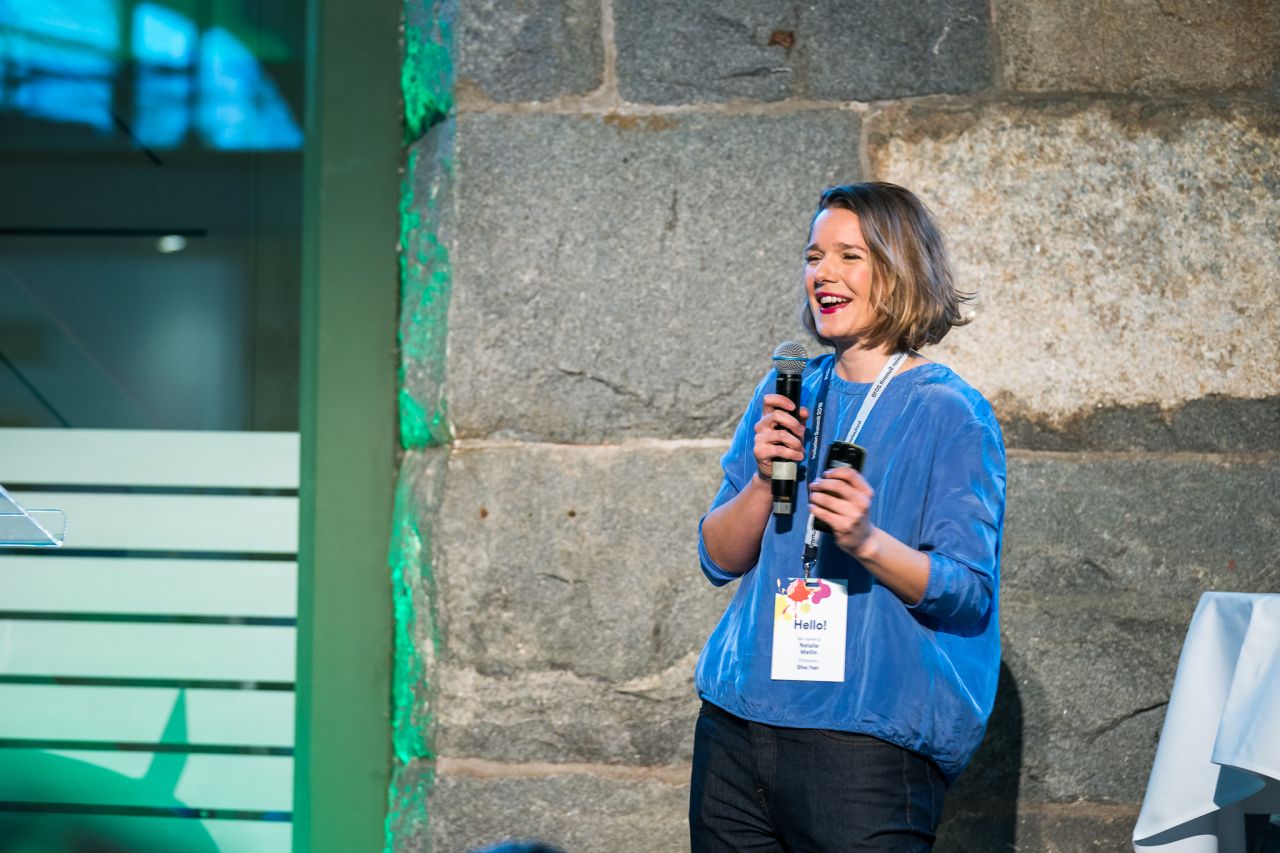
She is one of the pioneers who helped reshape the conversation about what Diversity and Inclusion means, how to make it more concrete and how we create change.
Behavioural Science inspires everything she does. By taking cross-functional research she creates practical tools, like process nudges and strategies, to help both individuals and organisations make impactful change.
With her vast experience, working both in-house and as well as consultancy, she is known as an influencer, dynamic speaker and trusted partner. With International Women's Day this week, we thought it was the ideal time to chat about her role and how we can all make a difference.
You create awareness of Diversity and Inclusion – that's essentially what you do for a living. How do you achieve that?
By design. I do it by designing away risks and obstacles. In fact, I don’t typically talk very much about creating awareness for Diversity and Inclusion. Instead, I mostly talk about where we have the most homogeneity and which structures and processes we can tweak to minimise the risk of unconscious bias influencing our decisions. Often through learnings from Behavioural Economics.
This all started in 2008 when I ‘met’ Dan Ariely whilst reading his book, Predictably Irrational. You could probably say that I ‘fell in love’ with Behavioural Economics at that point. Fast forward to today, and after reading up on many other great people's work like Iris Bohnet, I am convinced that this is the way for us to try to ‘fix’ the long-standing issues we have had and in many ways have when it comes to ageism, racial and gender inequality.
I find that, despite years of Diversity training and anti-discrimination policies, one could argue we have not come very far. In fact, the World Economic Forum reports that we are still 108 years away from gender parity. For example, in its 2017 ‘Women in the Workplace’ study, McKinsey's reports that women only represent 18% of all C-suite roles. That number compares to 12% for men of colour and only 3% for women of colour. This, despite the fact that McKinsey’s 2018 report, 'Delivering through Diversity', reinforced the link between Diversity and positive company financial performance.
I believe the reason for all of this is tied to how our brain works. Our brain gets hit by 11 million signals at any given moment in time. But we can only consciously process 40 of those. This means a tremendous amount of signals gets processed relying on prior knowledge and patterns. Which essentially leads us to continuously use unconscious bias in countless decisions every day.
What we need to do is focus more effort on how we nudge our unconscious minds so we mitigate more of the racist or sexist behaviours that can seep in and I believe we can do that through behavioural economics.
In other words, my view has changed. I no longer believe we can train away our bias. I believe we need to design it away.
This year's International Women's Day is about 'Balance for Better'. Are we getting there or do we still have too many challenges to overcome?
We absolutely still have challenges to overcome. Look, I’m an optimist at heart but looking at the World Economic Forum's yearly Gender Gap Report, our future doesn't always come out smelling roses. Its latest 2018 report said: At the current rate of change, the global gender gap will take 108 years to close; economic gender parity remains 202 years off.
What makes me happy though, is that we do see attitude changes to how we should approach the challenge. I love seeing more and more organisations shifting their focus to changing the majority, rather than the minority. So, for instance, looking at how we can create less homogenous groups (not just when it comes to gender but ethnicity race, age, socio-economic backgrounds and more) and how to create a more inclusive environment.
I believe shifting our ways of thinking about Diversity and Inclusion truly helps. It's less about empowering women, women are already strong, intelligent and pretty great! And more about creating an environment where diversity can thrive. Where none of us, including a white, 35-year-old male feels the need to have to culturally sanitise themselves to fit the norm.
What kind of resistance do you get from organisations, and what do you do to help them get on board?
Nowadays, it's mostly about ‘how’. Something I completely understand. But when starting out this work, even today, it’s often still the business case that comes up.
My response to that now is simply that it’s time we move on from the business case. Not because the business case is not important. But we have years and years of research showing that Diversity is correlated with both profitability and added value.
Even so, for some companies or some executives, even the most compelling data seems to require additional rounds of convincing. This should probably not surprise me. After all, research has proven that facts and data don’t actually change people’s minds.
I read this quote the other day and thought it was quite accurate: “The house burned in front of them but they wanted the data to prove it. That is the audacity and ridiculousness of making the business case: convincing one of the obvious. If the smoke doesn't alarm you, the fire certainly should.” – Bernard Coleman III
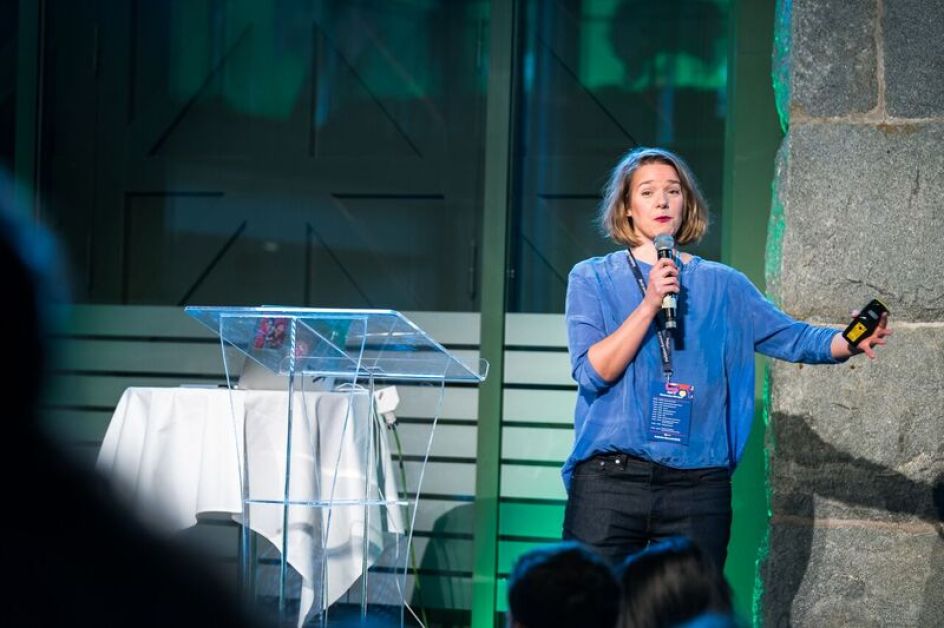
What do you tell companies the biggest advantage of Diversity and Inclusivity are?
Well, besides the fact that it’s the right thing to do, it makes business sense. Diversity and a sense of belonging are fundamental to whether and how economies and societies thrive. Need facts?
Driving business success and profits – McKinsey's report on public companies found that those in the top quartile for ethnic and racial diversity in management were 33% more likely to have financial returns above their industry mean, and those in the top quartile for gender diversity were 21% more likely to have returns above the industry mean.
Drive innovation – Leaders who give diverse voices equal airtime are nearly twice as likely as others to unleash value-driving insights, and employees in a “speak up” culture are 3.5 times as likely to contribute their full innovative potential, according to HBR.
Understanding our consumers and essentially making us smarter – In recent years a body of research has revealed another, more nuanced benefit of workplace diversity: non-homogenous teams are simply smarter. Working with people who are different from you, may challenge your brain to overcome its stale ways of thinking and sharpen its performance. (focus more on facts, process it more carefully, more innovative).
You used to work at King and Spotify. What was the setup like there in terms of Diversity and Inclusion?
I loved my time at King. It was not only a great company to work for but also a great organisation to drive its strategy for Diversity and Inclusion in. On a high level, the strategy focused on design changes to mitigate unconscious bias when it comes to both people and games decision.
This was actually not well liked by everyone, as at that time, unconscious bias awareness training was new and trendy in the tech world, and everyone wanted us to do that. I had to work hard to get us to focus on de-biasing structures, instead of individuals. Thankfully, it was not just me. It was a great HR team, great employee resource groups and, of course, an engaged leadership team.
Spotify was another brilliant company to work for. It was particularly interesting as there was an absolute focus on Diversity as a strategy to harness innovation.
You've since become a consultant, working for yourself and devoting your career to this purpose. Was there a eureka moment that made you want to address Diversity and Inclusion full-time?
Well, my mom tells me that I was already questioning gender equality as a young kid. But I primarily remember that I started to play around with both using the norms and stereotypes to my advantage as well as working against them as a teenager. I believe that was a crucial point.
Even though the more formal steps were studying gender studies at university. This was an eye-opener in many ways. It made me understand, believe it or not, that there are so many more challenges than just gender equality. And to mention some of the complexity, I found out about intersectionality, that we are more than one thing and that the power structure today will hand me a completely different experience as a white or Caucasian, middle-class woman compared to a woman of colour from a lower socio-economic background.
However, studying at university also made me think that I was not cut out to be working like this. I did not thrive in an academic setting and even though I find lots of the research extremely fascinating, my dyslexia made it harder to get through all the information I needed to learn more.
Fast forward to 2009/2010. After getting inspired by behavioural economics I started to feel increasingly angry about us not making enough progress in the space of Diversity and Inclusion within companies.
And essentially, I thought everyone was tackling it wrong. I felt no one was using cross-functional research to make progress faster and I couldn't understand why. So I started getting involved. First, it was a project, then it was 10-20% of my job until it took over all of the time I spent at work. And probably outside of work, too.
For all those agency owners out there, what three things can they do today to make a difference?
1. Create a personal nudge
Decide on a personal inclusion nudge that can help you increase equality, not just today but every day. It could be something as simple as setting a reminder to read one new D&I article a week. Or maybe adding the topic to your meeting agenda template. Whatever you decide, try to ensure it's designed into your day-to-day.
2. Ask for specific examples
According to a study, women who negotiate are far more likely to receive feedback that they are "intimidating", "too aggressive", or "bossy" compared to men who do the same thing. In fact, men will usually be told that they have good leadership skills, while women will receive feedback that they need to soften their approach. If you see this happening, request a specific example of what she did and maybe even ask, "Would you have had the same reaction if a man did the same thing?"
3. Dare To See Yourself
Remember, gender is not the only demographic affected by unconscious bias. Other factors such as ethnic background, sexual orientation, personal traits – these also play a big role in how we read people differently. Dare to see yourself. Who are you? What are the benefits and advantages of being you? Let’s use our privilege to elevate each other.
And finally, don't congratulate women on International Women's Day. Instead, read up and join them in the fight for equality. What are you going to do, to better balance the world?

 for Creative Boom](https://www.creativeboom.com/upload/articles/06/063686a9a3b095b9b1f0e95df917ed4bd342be1b_732.jpg)



 using <a href="https://www.ohnotype.co/fonts/obviously" target="_blank">Obviously</a> by Oh No Type Co., Art Director, Brand & Creative—Spotify](https://www.creativeboom.com/upload/articles/6e/6ed31eddc26fa563f213fc76d6993dab9231ffe4_732.jpg)
 by Tüpokompanii](https://www.creativeboom.com/upload/articles/58/58684538770fb5b428dc1882f7a732f153500153_732.jpg)









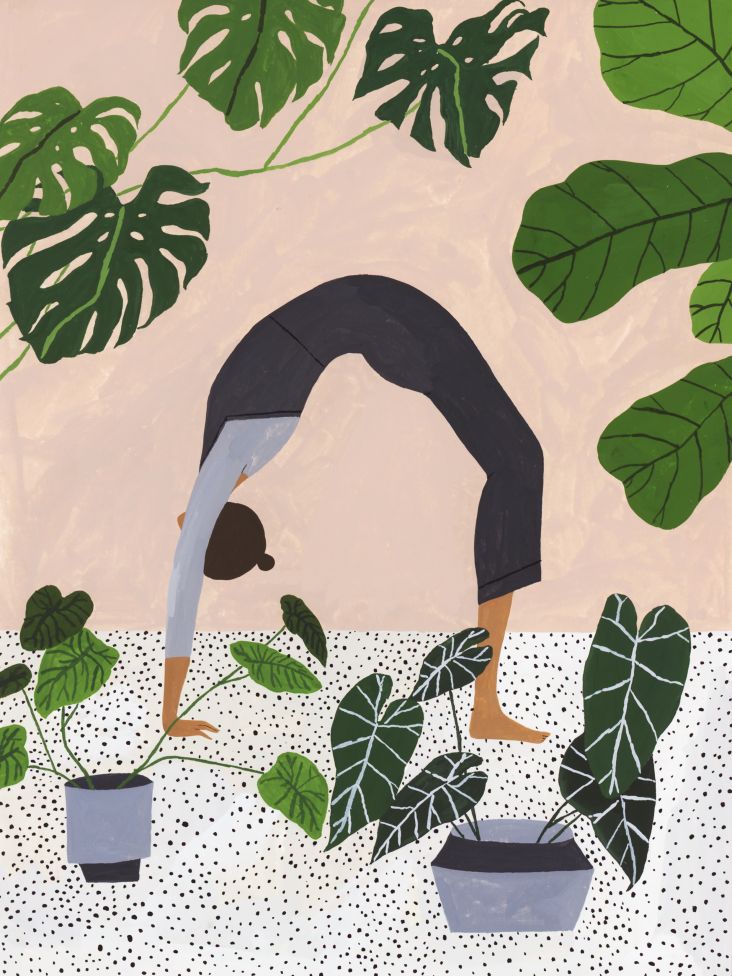
](https://www.creativeboom.com/upload/articles/c4/c418d39cb8488fe78b4c9822033b3735fc672243_732.jpg)
